All products featured are independently chosen by us. However, SoundGuys may receive a commission on orders placed through its retail links. See our ethics statement.
Apple AirPods (2nd generation) vs Google Pixel Buds (2020)
January 11, 2022
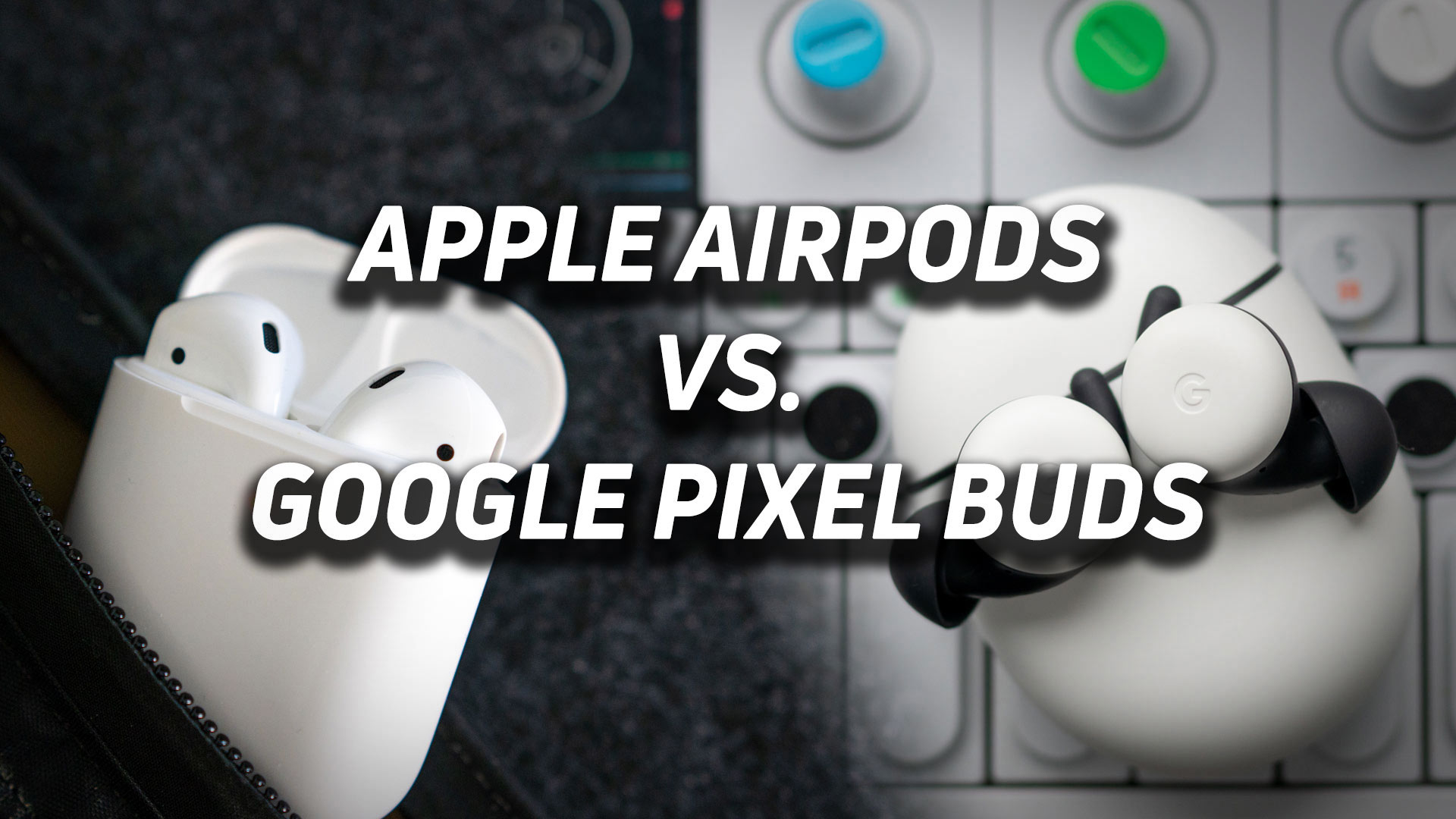
The new Google Pixel Buds (2020) may not be an AirPods (2nd generation) facsimile, but it outperforms the AirPods (2nd generation) in just about every way. Although the Pixel Buds (2020) seems like the clear winner, the AirPods (2nd generation) makes a compelling case for iPhone users.
Though, do note, that both the AirPods (2nd gen) and Google Pixel Buds (2020) are discontinued and have been replaced by the AirPods (3rd generation) and Google Pixel Buds A-Series.
Editor’s note: this post was updated on January 11, 2022, to address the
discontinuation of the earbuds in question.
How is the design of the Google Pixel Buds (2020) compared to the AirPods (2nd generation)?
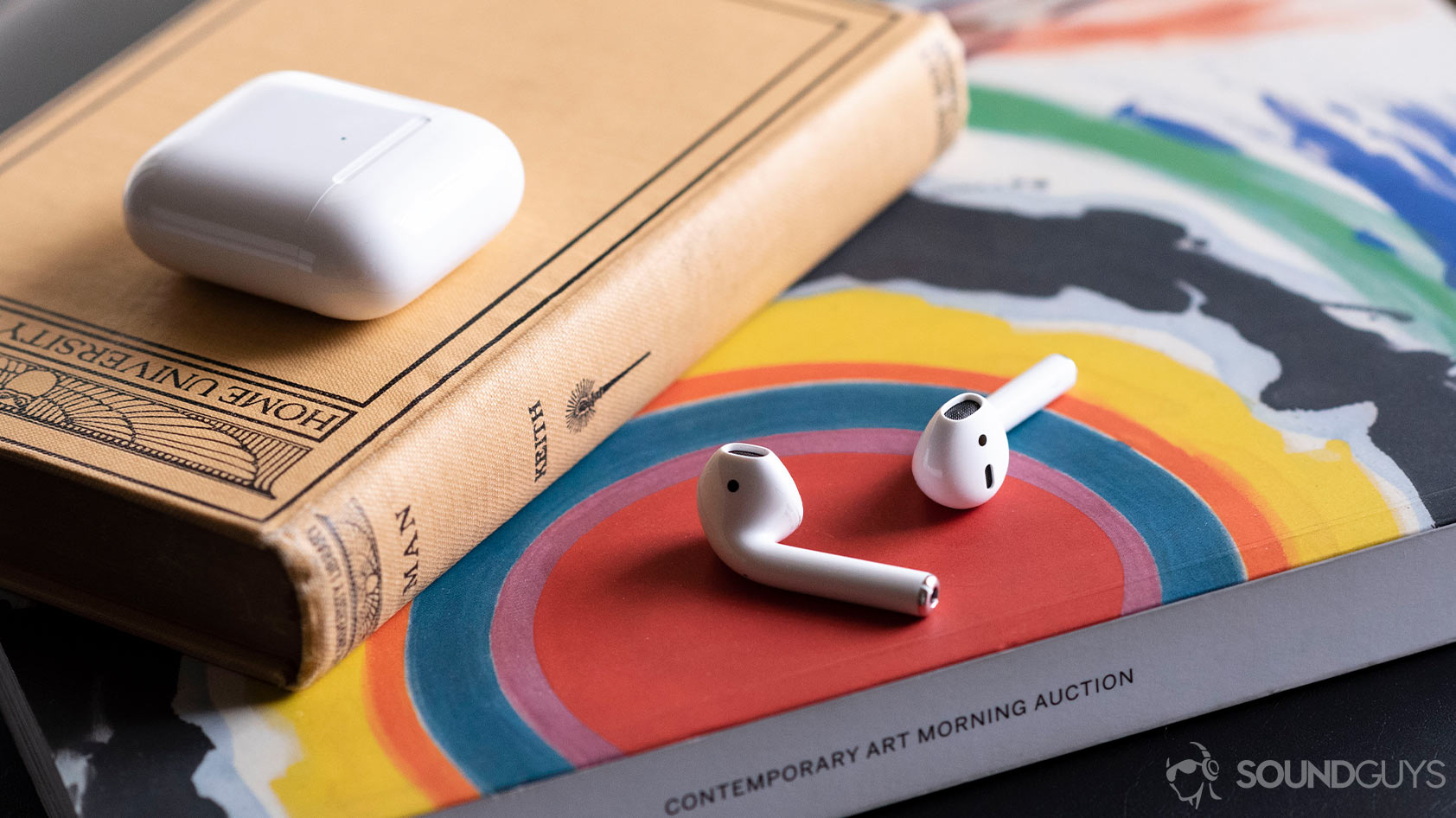
While both companies take a simple approach to their true wireless earphones, the end products are very different. The AirPods (2nd generation) is quintessentially Apple: no buttons, no logo, and brilliantly simple to use. Its nozzle-free, stemmed earphones set the design language for popular true wireless earbuds, and the charging case—well, former SoundGuys Editor Adam Molina will be the first to tell you that it’s one of the many reasons for the first-generation AirPods (2nd generation)’ wild success.
Start here: What makes a good set of in-ears?
Google’s aesthetic is more whimsical than Apple’s, which is made apparent by the housings’ distinct circular shape and matte finish. Dedicated nozzles further distinguish the Pixel Buds (2020) from the AirPods (2nd generation). The nozzles in tandem with the permanent concha wing tips keep the Google Pixel Buds much more stable than the AirPods (2nd gen). Another differentiating feature: water resistance. Unlike the AirPods (2nd generation) which lack a water-resistant rating altogether, Google’s buds are IPX4-certified and can withstand any workout, save for swimming.
Handsome but different charging cases
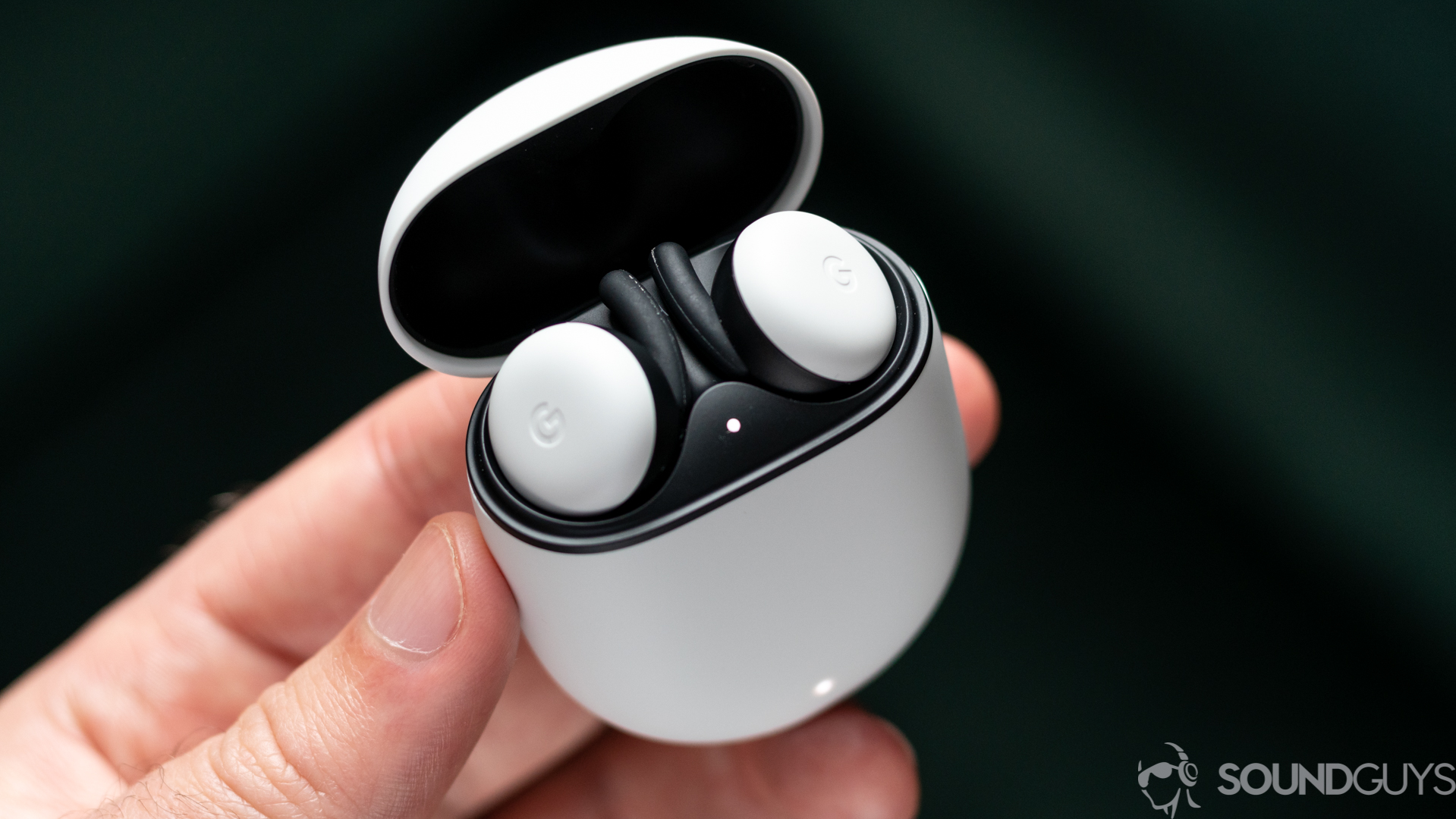
Apple’s charging case is a softened rectangle that perfectly fits the first or second-generation AirPods (2nd generation). This is about as plain as it gets. The case is adorned with a single button for manual pairing and a Lightning input. Upgrading to the wireless charging case costs an additional $30 USD, and the only external difference between the two cases is a centered LED on the wireless model. A magnetic locking mechanism provides tactile feedback when opened and closed, similar to the Pixel Buds’ (2020) case.
The Google Pixel Buds’ experience on Android rivals that of using AirPods (2nd generation) with an iPhone.
The egg-shaped case is uniquely satisfying to use: opening and closing it provides even more tactile feedback than the AirPods (2nd generation)’ case. Two LEDs indicate battery levels; the external one communicates the case’s remaining capacity while the internal LED indicates the earbuds’ remaining battery life. It’s easy to understand at a glance, and is by far the best case we’ve used. It houses a USB-C input and supports wireless charging from the jump.
Onboard controls, virtual assistance, and live translation
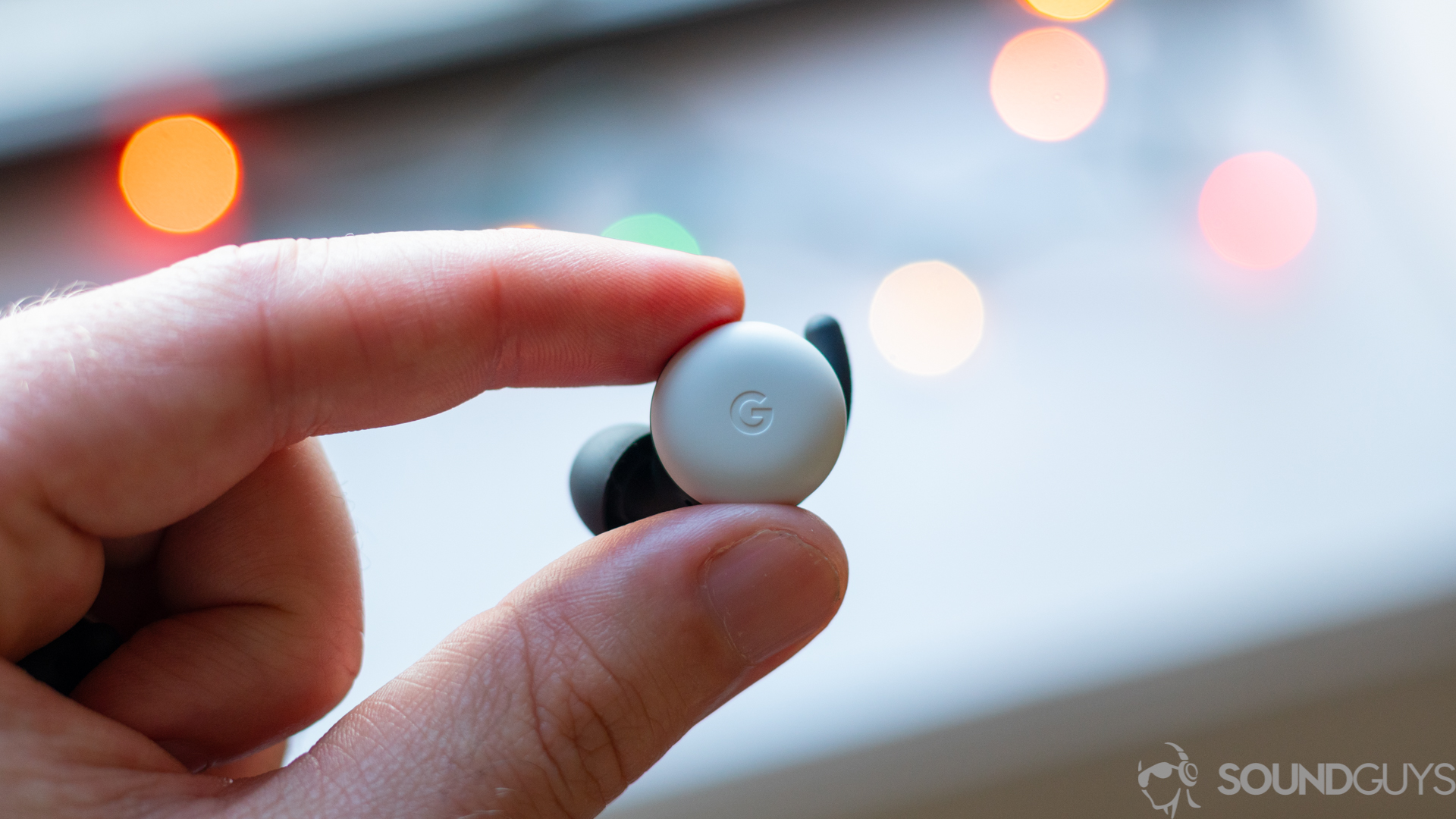
Just like the AirPods (2nd generation), Google’s onboard controls are touch-only. You can control volume, playback, and answer or decline calls from either headset. Both support hands-free virtual assistant access, but functionality is limited to their proprietary technologies. The Apple AirPods (2nd generation) has the company’s H1 chip which facilitates direct voice access to Siri, while the Google Pixel Buds (2020) supports hands-free access to Google Assistant. No surprises here, but both headsets support broad virtual assistant access by a simple tap-and-hold gesture on either earbud. This means you can manually access Siri from the Pixel Buds and vice versa.
The Pixel Buds has a unique trick up its sleeve: live translation capabilities. For now, though, integrated Google Translate is exactly that, a trick. You can read about it in the full review, but the long in the short of it is that the process is cumbersome and no better than directly using a smartphone for the same result. While the AirPods (2nd generation) and wireless case bundle is more affordable, we feel that the revamped Google Pixel Buds (2020) is worth the extra $10 when it comes to design and fit alone.
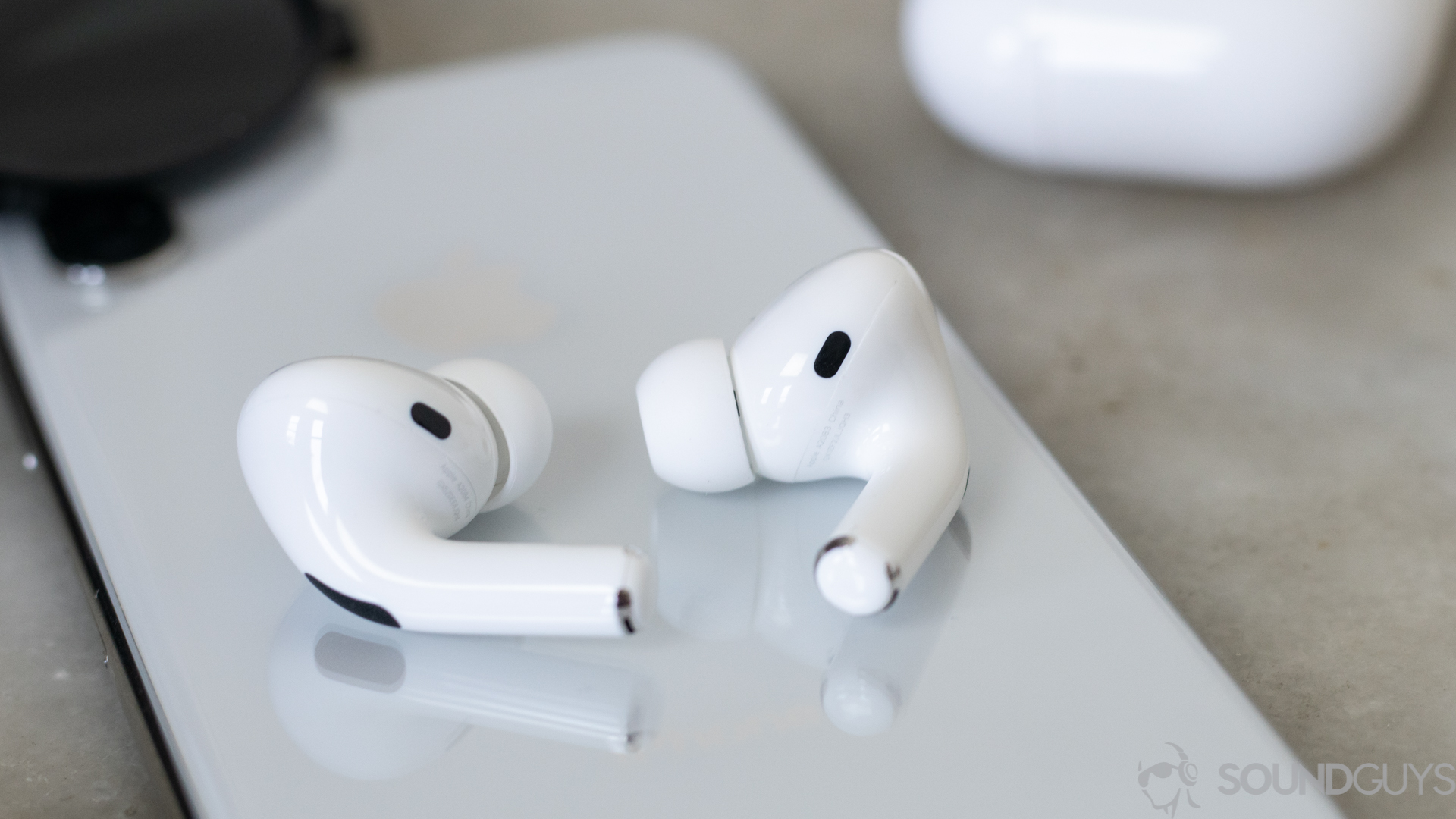
In an update released in August 2020, the Pixel Buds gained a new feature: Attention Alerts. When your buds detect a sound that may require your attention, such as dog barks, baby cries, or an emergency siren, your earbuds will automatically lower the volume of your content—indicated by a chime sound. This is especially useful if you’ve got a pretty hectic household to keep track of, though the feature can be disabled if desired.
Does the Pixel Buds or AirPods (2nd gen) have a better mic?
The AirPods (2nd generation) has excellent microphone quality, and sounds better than most of the competition. This clear vocal transmission is attributed to the plethora of sensors and accelerometers crammed into each bud. Google uses very similar technology, and its microphone system also plays well with nearly all voices.
No matter which headset you’re using, the person on the other line is bound to recognize you’re speaking from a pair of headphones, rather than directly through your smartphone, but speech intelligibility is great with both the Pixel Buds and AirPods (2nd generation). Take a quick listen for yourself.
Apple AirPods (2nd generation) microphone demo:
New Google Pixel Buds (2020) microphone demo:
Which one sounds better to you?
Does the AirPods (2nd generation) stay connected better than the Pixel Buds (2020)?
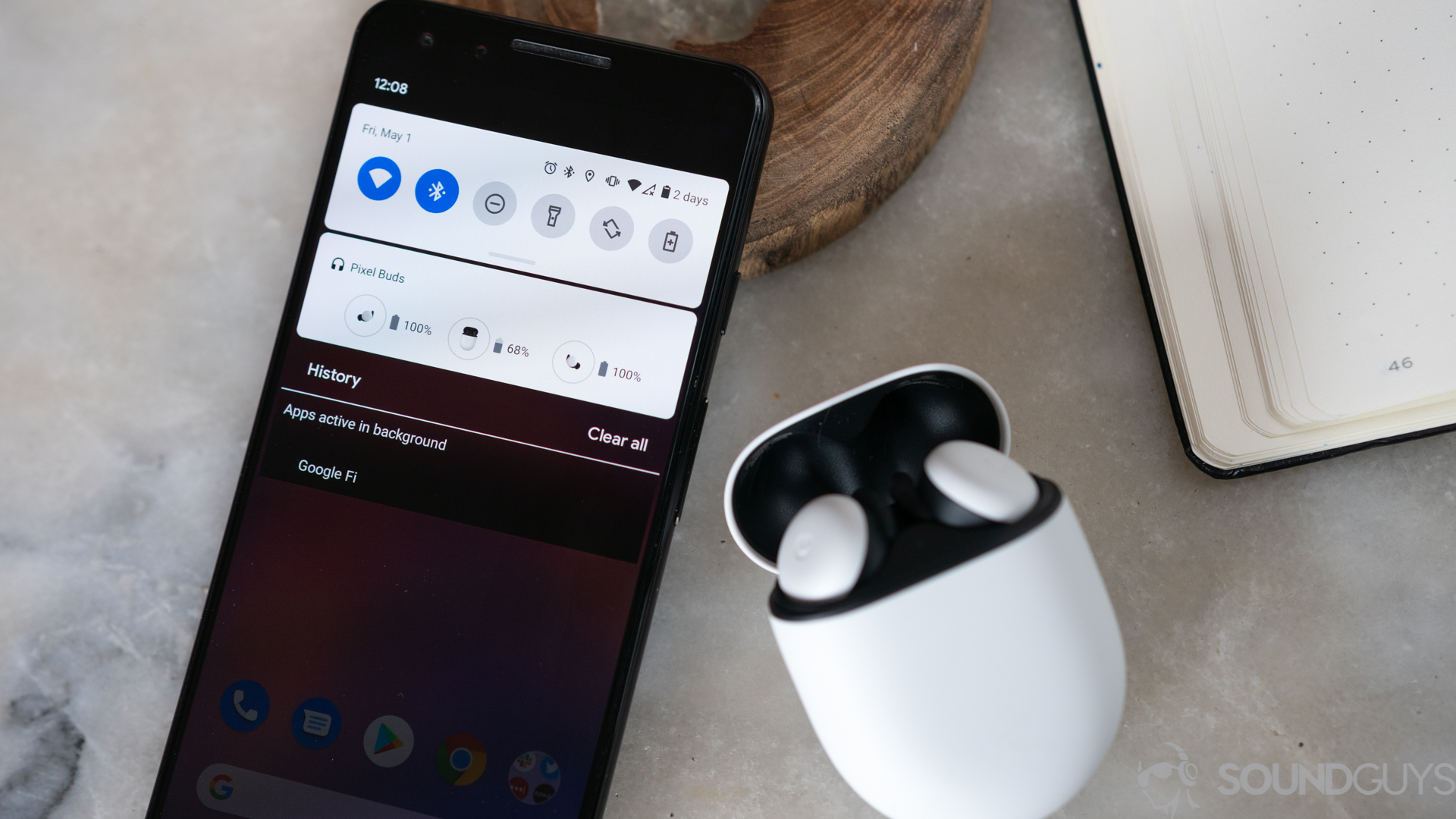
Let’s wander into the world of Bluetooth codec alphabet soup. The Google Pixel Buds (2020) and Apple AirPods (2nd generation) are both Bluetooth 5.0 headsets that support the same codecs, AAC and SBC. This is a little disappointing, since the new Pixel Buds is intended for Android users, and AAC doesn’t always play nice with Android phones. While this is a bummer, it’s not necessarily a deal-breaker as SBC has come a long way in just a few years.
No matter what headset you get, connection strength is excellent. Google uses long-range wireless technology to remain connected through three rooms when inside, though room size definitely makes a difference here, and they can stay connected up to the length of an American football field when outdoors. While this isn’t the most practical feature, it does have a niche use: outdoor athletes who use their community tracks can leave their phones at one end of the field, while doing circuit training on the other end.
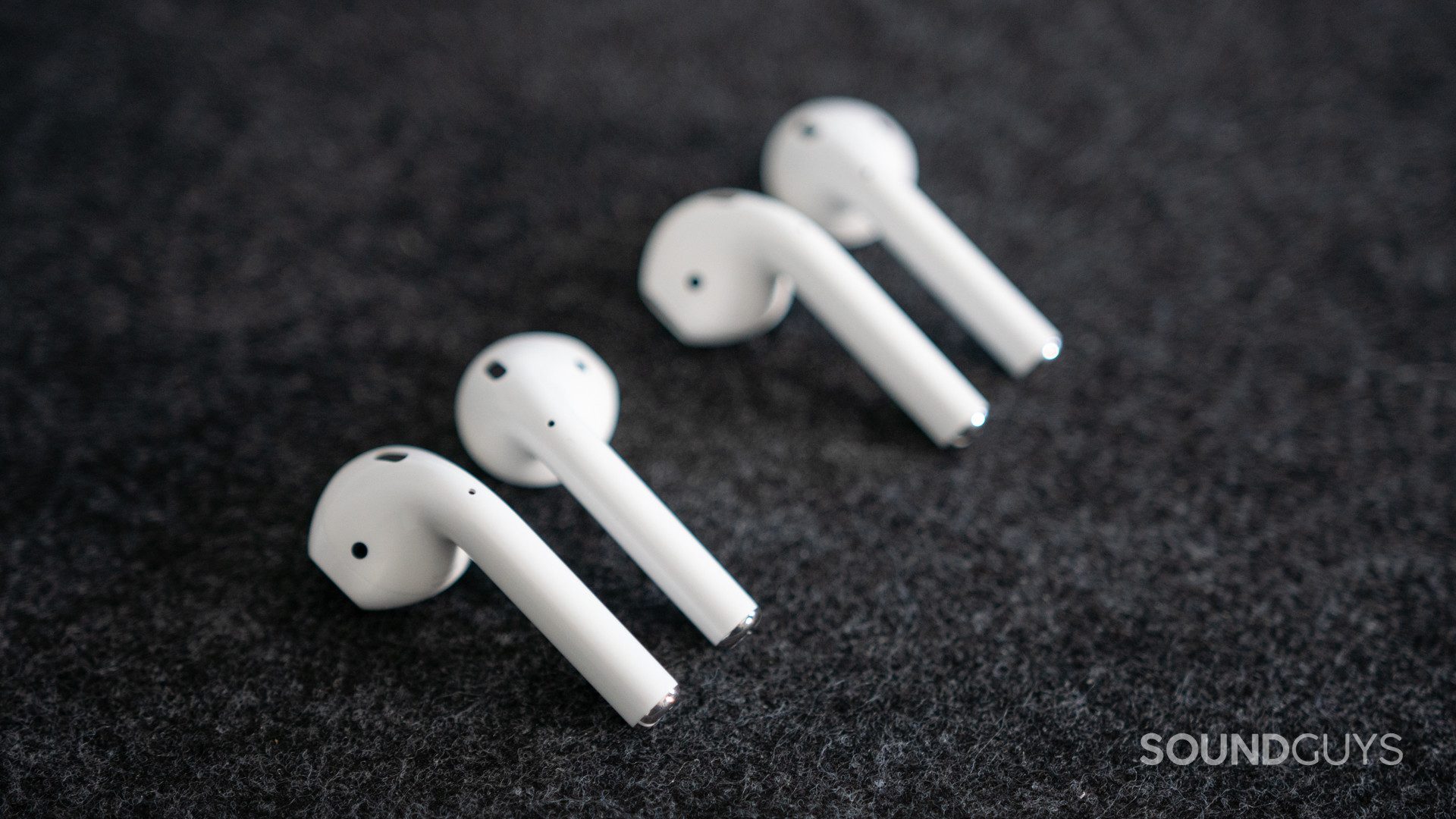
The second-gen AirPods doesn’t have this same long-range technology but does have audio sharing. Technically, this is a feature of iOS whereby a single iPhone can simultaneously share audio to two Apple headsets. This means you and, say a friend using the Beats Powerbeats Pro, can listen to the same audio, something Android can’t do. The AirPods (2nd generation) also stays well connected and can easily hop back and forth between iOS devices, thanks to the H1 chip.
Integrated Google Translate is cool, but not reason enough to get the Google Pixel Buds over the AirPods (2nd generation).
With iOS 14, the AirPods (2nd generation) now features automatic device switching, allowing you to seamlessly move from one Apple device to another—so long as you’re signed in with the same Apple ID across all your devices. Unfortunately, the Pixel Buds doesn’t support Bluetooth multipoint or automatic device switching.
No matter; the pairing processes are very simple with either headset and its respective platform (e.g., pairing Apple AirPods (2nd generation) with an iPhone or Google Pixel Buds with a Google Pixel smartphone). This experience is dependent on the operating system you use, so we’re calling this a draw.
Will you get more battery from the Google Pixel Buds or Apple AirPods?
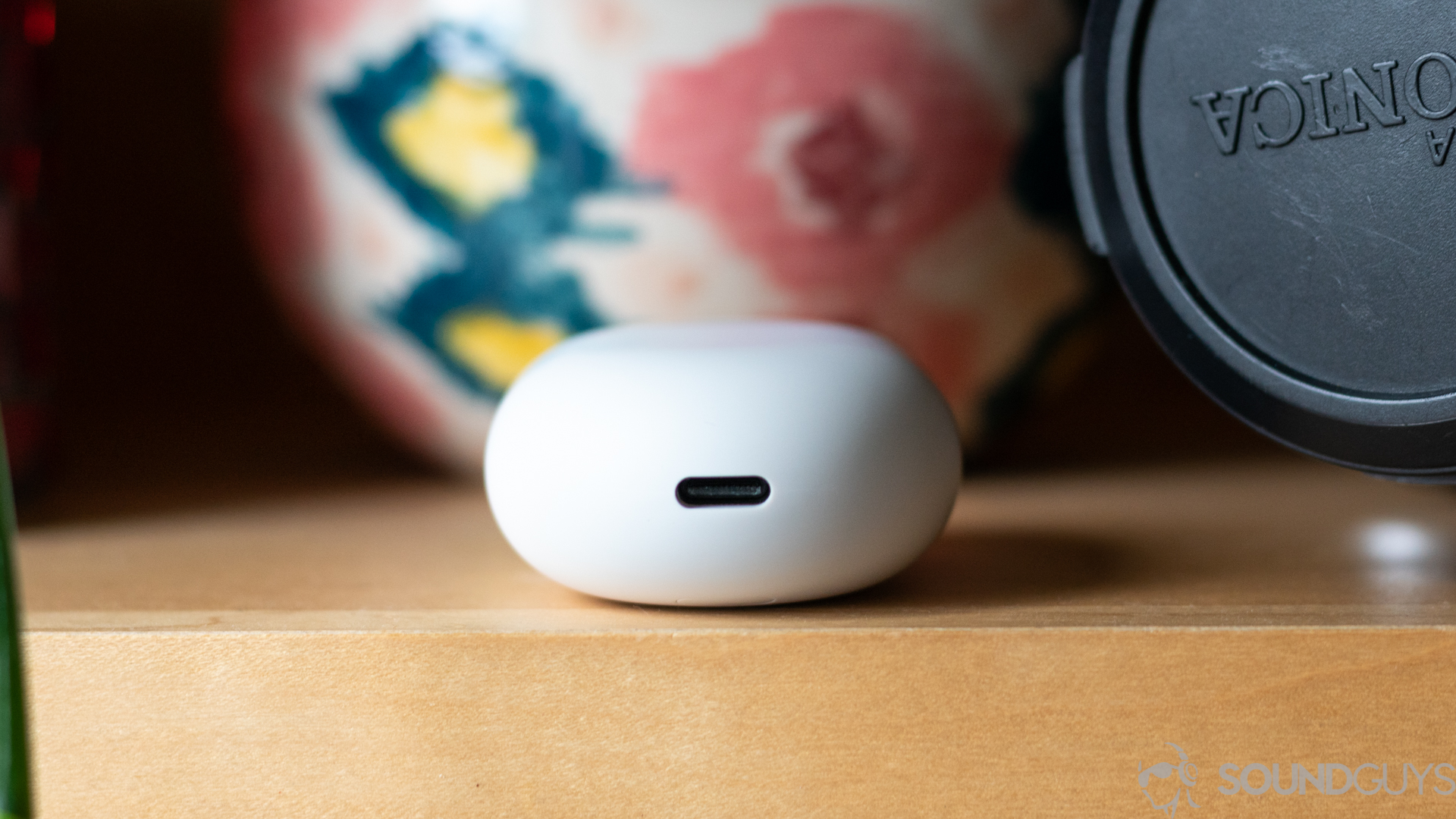
This is the most straightforward category to break down. We subject every relevant audio product to the same battery test. In this case, the Google Pixel Buds (2020) outlasted the Apple AirPods (2nd generation) by 2 hours.
The Pixel Buds (2020) supplies 6 hours, 8 minutes of playtime on a single charge while the AirPods (2nd generation) supplies just 4 hours, 7 minutes of playtime. Both support quick charging, though: 10 minutes of charge to Google’s earbuds yields two hours of playtime, while 15 minutes of charging the AirPods (2nd generation) yields three hours of listening time. All this is to say, fast charging is equally efficient.
At WWDC 2020, Apple announced a slew of updates to the AirPods line, including Optimized Battery Charging. This feature allows the AirPods (2nd generation) to observe a user’s charging routine. That way, the earbuds don’t top up to 100% every time you place them in the case. Instead, the case will only charge the buds to 80% capacity, thereby extending the lifespan of the headset.
For a secure fit, get the Google Pixel Buds and don’t look back.
Both charging cases supply an additional 24 hours of listening on a single charge, so you’re unlikely to run into a situation where there’s zero playtime left. The Apple AirPods (2nd generation) holds dearly to the company’s proprietary Lightning input, while the Google Pixel Buds uses the more universal USB-C input. That in tandem with better standalone playtime, and default wireless charging support makes this an easy win for Google.
The Pixel Buds is better for blocking out background noise
The Google Pixel Buds (2020) blocks out more noise than the AirPods (2nd generation), just another positive aspect of the ear tips. Google doesn’t have to overcompensate for a lack of seal by egregiously amplifying bass notes. Instead, the earbuds rely on the interchangeable ear tips to do work and passively block out background noise. More on that in the sound quality section.
A nozzle-free build does have its benefits, as it applies to environmental awareness. The AirPods (2nd generation) keeps you keenly aware of swerving cars, speeding cyclists, and more. Google’s Pixel Buds (2020) takes note of these benefits and adds a spatial vent to the underbelly of each housing to let background noise pass through. The benefit to Google’s design is that it’s the best of both worlds and provides improved sound quality while keeping listeners vigilant.
Does the Google Pixel Buds (2020) or Apple AirPods (2nd generation) sound better?
While both headsets boast cutting-edge hardware and software, they’re ultimately earbuds. Since you’ll be spending $140 USD or more, the headset can’t just look good, it needs to sound good too.
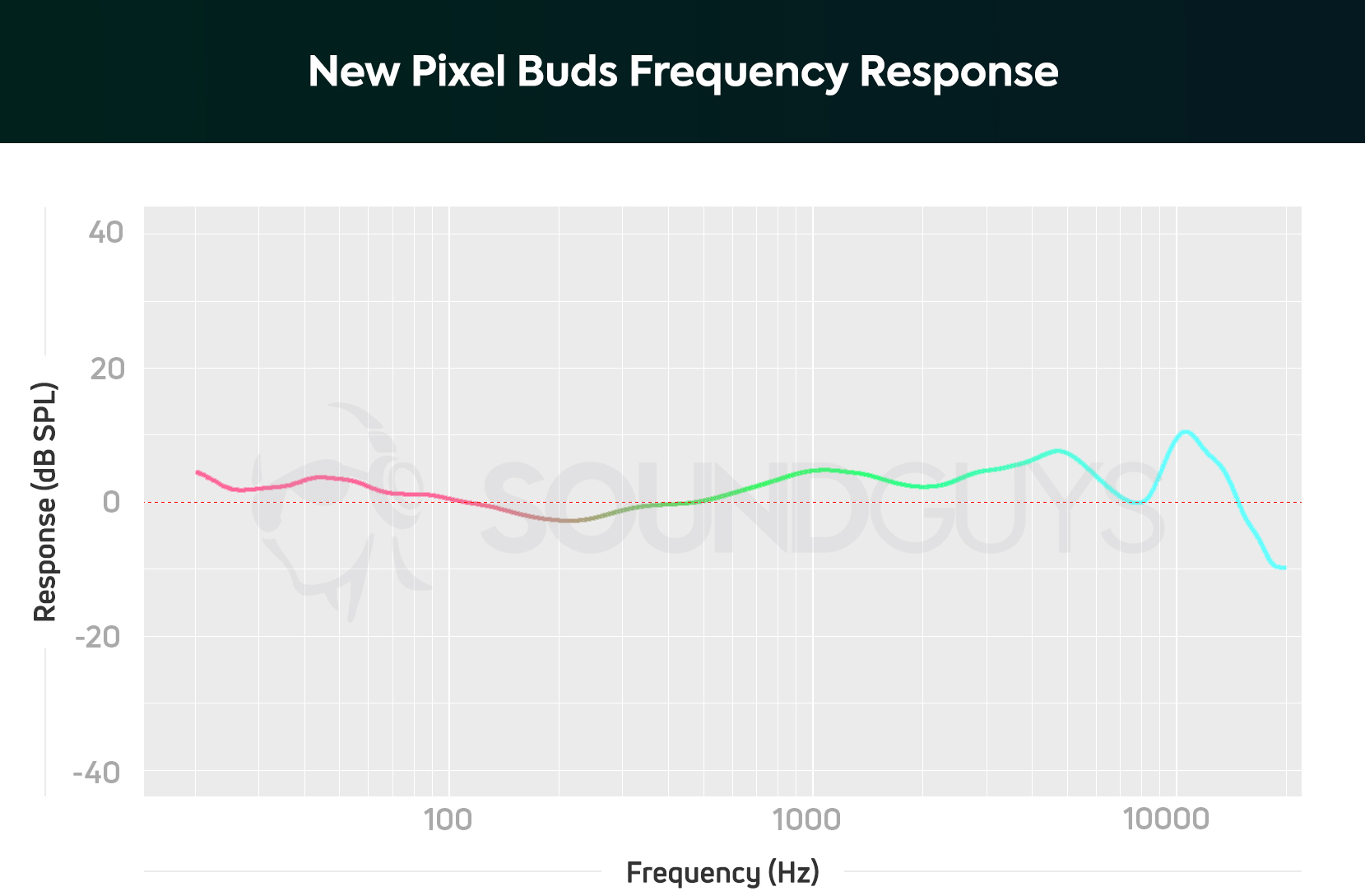
Objectively speaking, the Pixel Buds (2020) takes the cake, which comes back to the seal created by the ear tips. You get solid bass with amplified treble, a typical sound for general purpose earphones. With the Pixel Buds (2020), there’s less opportunity for auditory masking, which is when noise masks some of your music.
While neither set of earphones are “perfect,” both models target different philosophies of consumer-friendly sound. Both are far from accurate—the AirPods (2nd generation) treble response is truer to existing standards than the Pixel Buds—but both fall in line with what general consumers prefer.
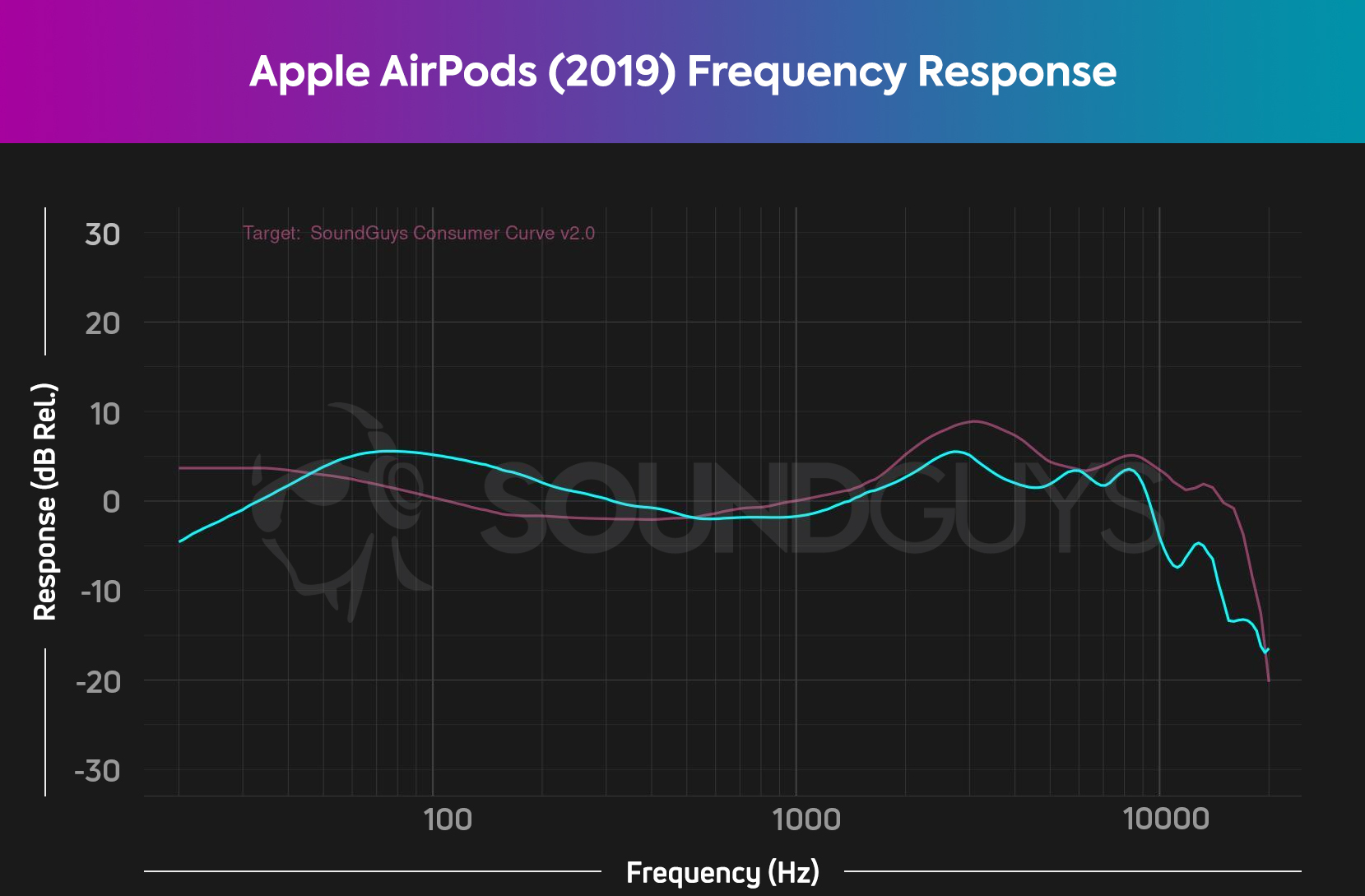
The AirPods (2nd generation) emphasizes bass notes, which yields inaccurate audio reproduction. Plus, the AirPods (2nd generation) frequency response chart doesn’t tell the whole tale because it was measured in a controlled environment. The second you step onto a subway platform, or even into a crowded corner store, the bass notes will become masked by louder, external noises. This will also affect midrange and treble clarity, and sully sound quality altogether. You will rarely have a consistent audio performance with the AirPods (2nd generation).
the sound you’ll hear with AirPods (2nd generation) won’t reflect what we found in our tests. Again, the buds don’t seal to your ear canal—firing sound off the folds and creases of your ear, and making it very difficult to get a good result. In our experience, you will very rarely achieve peak performance (if ever). Remember this when you look at the AirPods (2nd generation) performance plot.
Should you buy the Apple AirPods (2nd generation) or Google Pixel Buds?
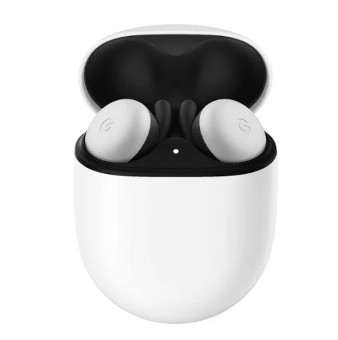
Suffice to say, Google won most battles and thus, the war when it comes to our Apple AirPods (2nd generation) vs Google Pixel Buds (2020) showdown. While it’s true that the Pixel Buds proves the better option for most consumers, the fact remains that the AirPods (2nd generation) is still a fine option for iPhone owners. Operation is as fluid as it gets when using the AirPods (2nd generation) with iOS devices, and microphone quality is stellar.
Bear in mind, since each headset is discontinued now, you might have a hard time finding it. In which case, we recommend you check out the next section.
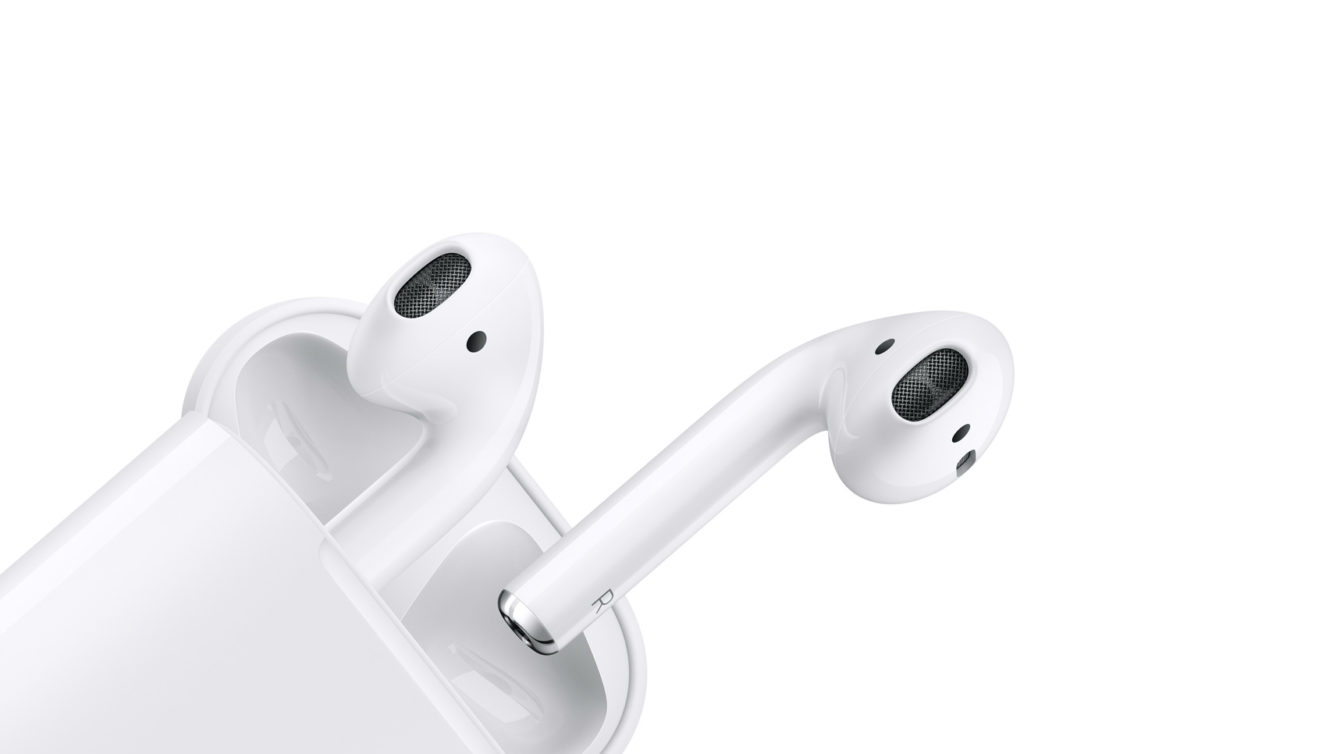
What should you get instead?
That said, if you’re drawn to the fit of the Pixel Buds but want to keep within the Apple family, look into the Apple AirPods Pro. This is among our favorite noise canceling true wireless earbuds, and it makes huge improvements over the design of the first and second-generation AirPods (2nd generation). The drawback is that the Apple AirPods Pro runs quite a bit more than either headset in question today, costing well over $200 USD.
Android users looking for true wireless earbuds with ANC should turn their attention to Sony for the WF-1000XM4, which is available for around $280 and compares favorably to the AirPods Pro. If you want to save a little cash, the Samsung Galaxy Buds 2 and Samsung Galaxy Buds Pro are other alternatives to consider. It features good isolation, active noise cancellation, decent sound quality, and support for AAC and the Samsung Scalable Codec—all for under $200 USD.
Spend less with the Google Pixel Buds A-Series
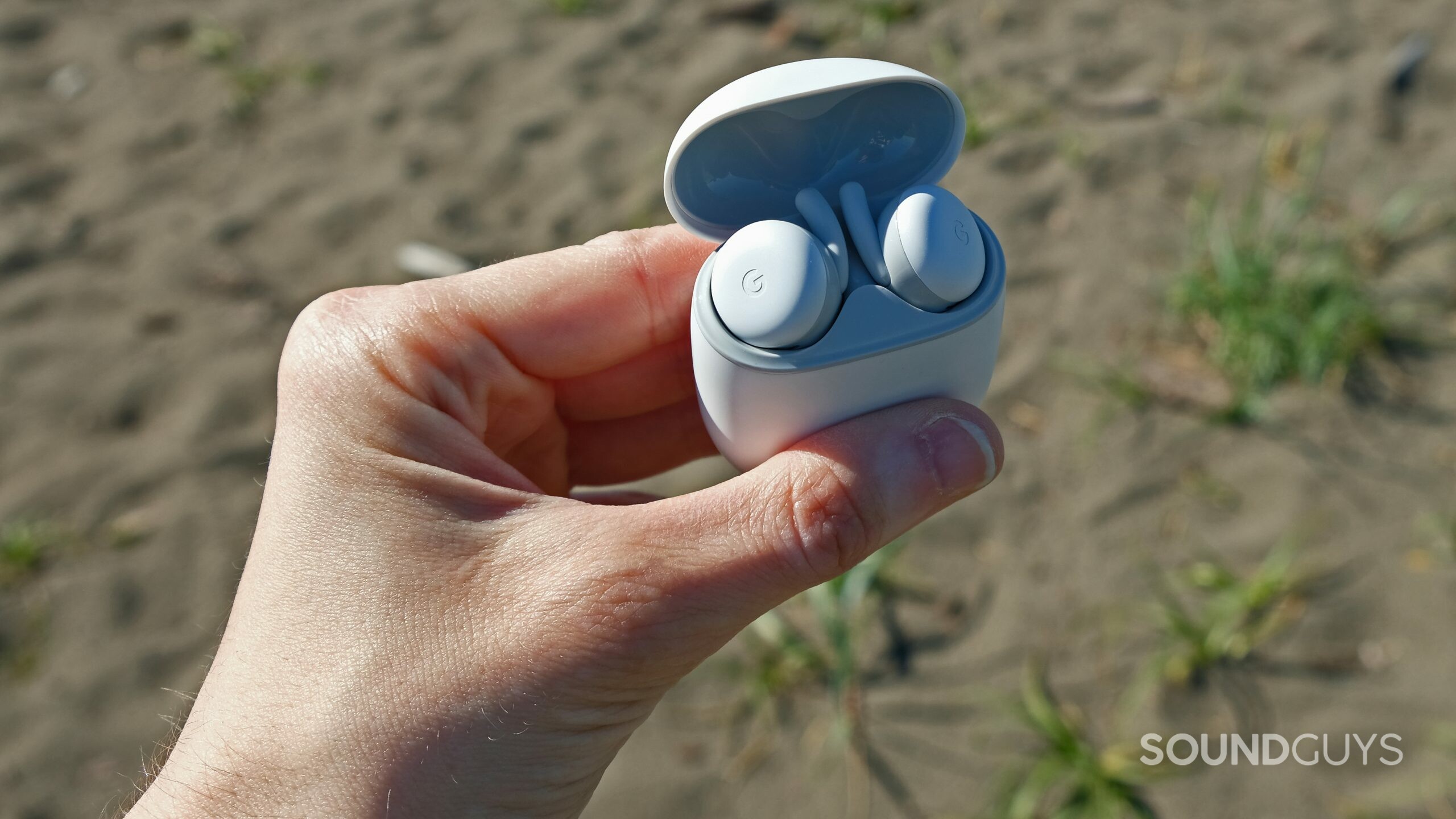
With the Google Pixel Buds A-Series, you get most of what the Google Pixel Buds (2020) has to offer for a lower entry fee. The Pixel Buds A-Series features an IPX4 rating, accurate touch controls, and a lightweight build all for less than $100 USD. One of the main differences between the two models is that the A-Series case lacks wireless charging. You also miss out on wind reduction technology, attention alerts, and swipe volume controls, but at least you get to keep an extra $80 in your wallet.
Next: Samsung Galaxy Buds Plus vs Google Pixel Buds A-Series